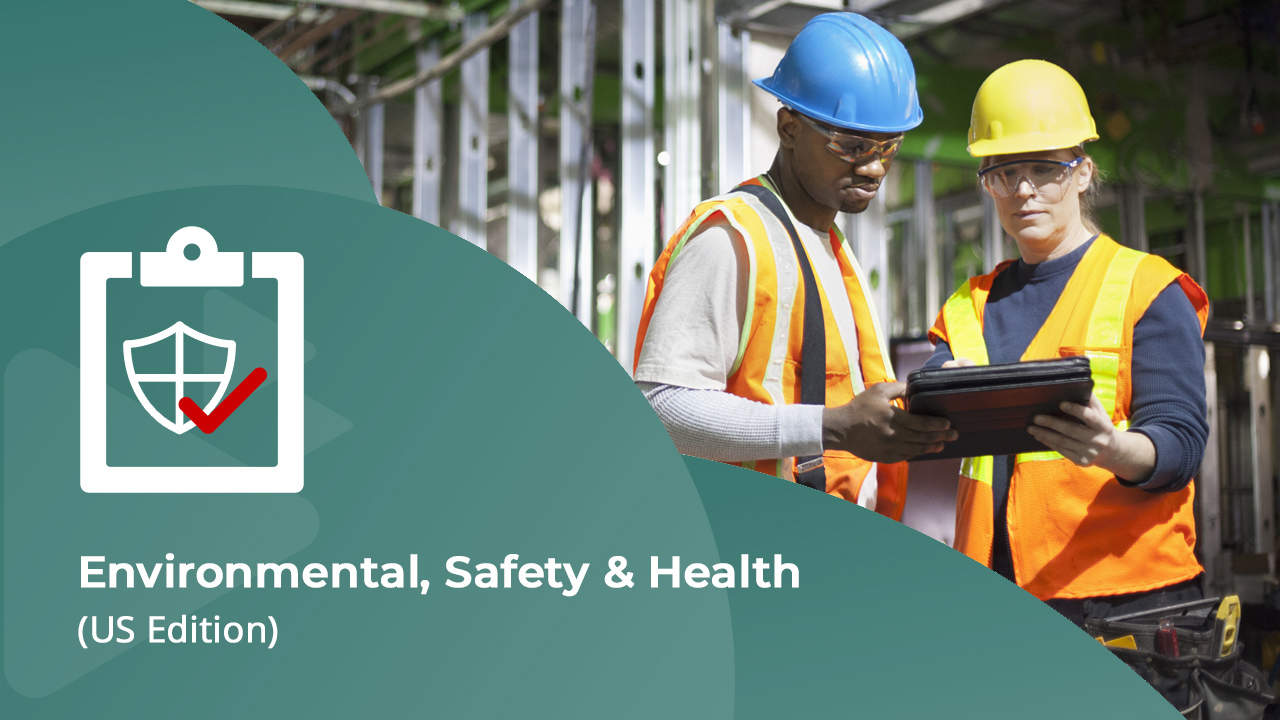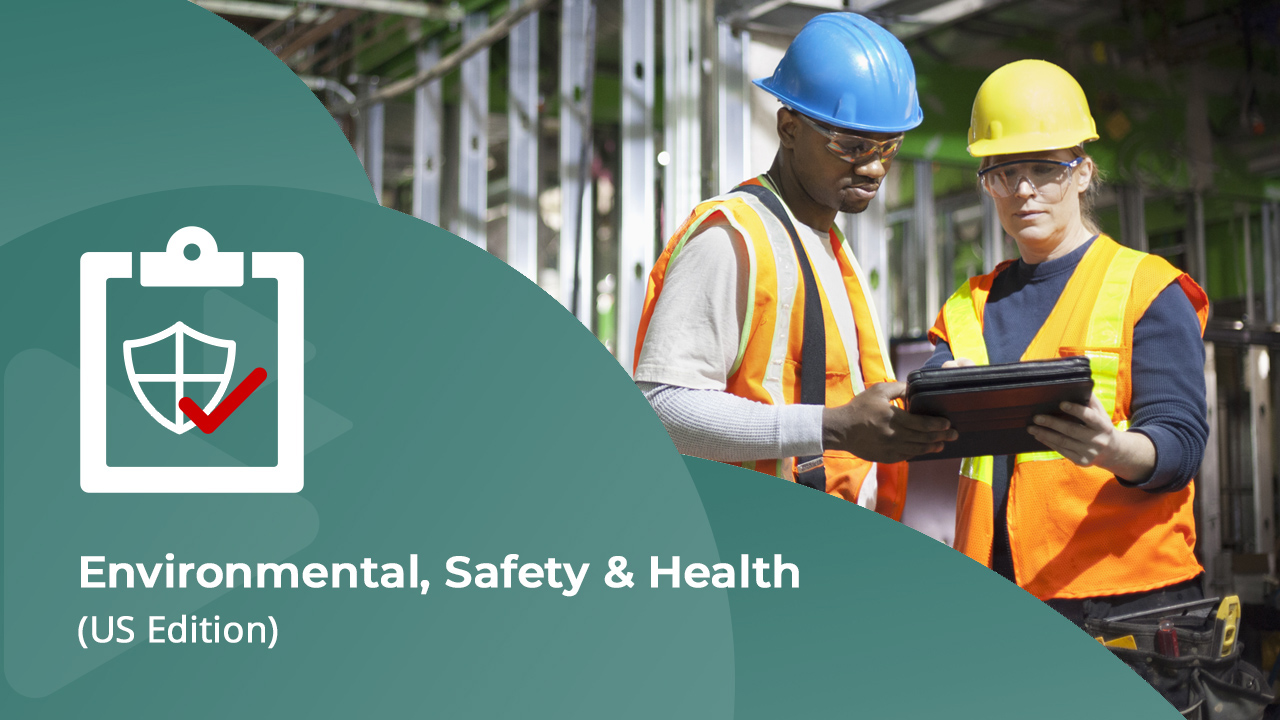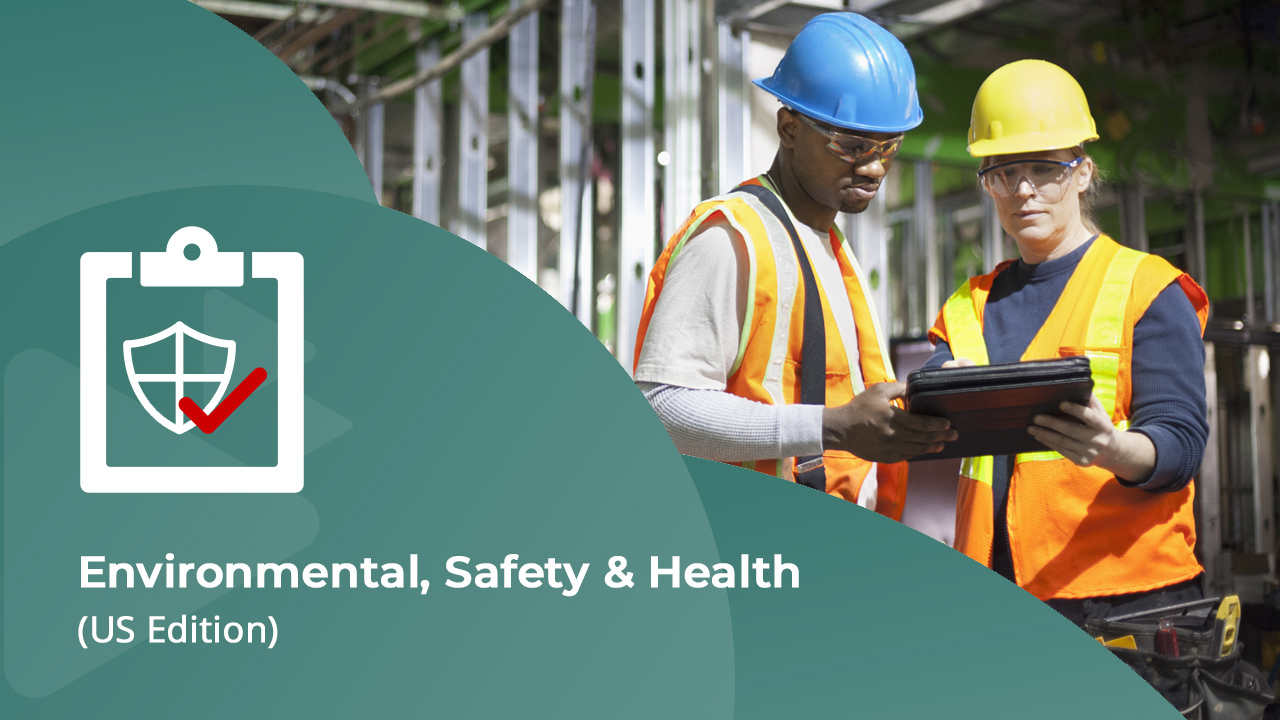Crane Signaling and Communications
- 3 topics | 22m 59s
- Up to 30 languages
- Transcripts
Operating large machinery, such as cranes, is dangerous work. There are specific circumstances under which signal persons – or spotters – with special training are required to ensure that operations run smoothly and are as safe as possible. Effective communication between a signal person and a crane operator is required when the point of crane operation is not in full view of the operator, when the operator's view is obstructed in the direction the equipment is traveling, and when either the operator or the person handling the load determines that a signal person is needed for safety concerns. This course will provide you with an understanding of the qualification requirements for signal persons and considerations for communication between signal persons and crane operators. In this course, you will learn when a signal person is required, what hand signals they should use, and how to ensure safe communication between the signal person, the person handling the load, and the crane operator. This will allow the operation of mobile cranes in accordance with the Occupational Safety and Health Administration (OSHA)'s 'Signal Person Qualification' standards at part 29 Code of Federal Regulations (CFR) 1926.1428, and supporting information at 29 CFR parts 1419 through 1422. This course was developed with subject matter expert support provided by Strata-G, LLC, a global professional services company focusing on regulatory compliance, safety and health, infrastructure management and operations, and business services. Please note, the course materials and content were current with the laws and regulations at the time of the last expert review; however, they may not reflect the most current legal developments, location-specific, or facility/process-specific requirements. Nothing herein, or in the course materials, shall be construed as professional advice as to any particular situation with respect to compliance with legal statutes or requirements.
WHAT YOU WILL LEARN
-
recognize when a signal person must be provided for crane operations
-
recognize what hand signals to use in a given scenario
-
recognize signal communication safety issues in given scenario
-
identify when a signal person is required, and communication methods for signal persons and crane operators
IN THIS COURSE
-
Signal Persons8m
-
Signal Communication Safety Issues4m
-
Knowledge Check: Effective Communication8m
YOU MIGHT ALSO LIKE
COMPLIANCE-COURSE
Ladder Safety Impact: Safe Work Practices
COMPLIANCE-COURSE
Electrical Safety Impact: Common Hazards
COMPLIANCE-COURSE
Spill Response and Control Impact: Boundaries When Hazards Are Present


